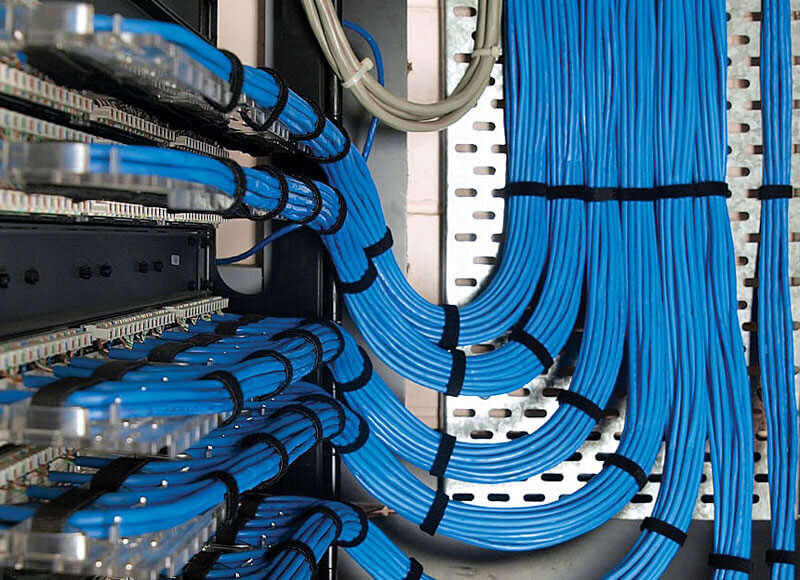Structured cabling is a standardized approach to cabling infrastructure that provides a seamless connection for different hardware, devices, and equipment in a network environment. It involves the installation of a well-organized cabling system that supports data, voice, and video networks. It is an essential part of any modern business as it ensures efficient communication and seamless data transfer between different departments within an organization.
What is Structured Cabling?
Structured cabling refers to designing, installing, and managing cabling systems that support various hardware, devices, and equipment in a network environment. This cabling infrastructure can support different types of networks, such as data, voice, and video, making it an important aspect of modern business operations.
Importance of Structured Cabling
It offers numerous benefits for businesses, such as enhanced network performance, flexibility, and scalability. With this cabling, it is possible to expand the network by adding new devices or equipment without having to reconfigure the entire system. This makes it easier and more cost-effective for businesses to adapt to changing business needs.
Understanding the Components of Structured Cabling
- Cables: These are the most basic component of structured cabling systems and are used to connect devices and equipment to the network. Copper cables are the most common type of cable used in San Antonio structured cabling, as they are affordable, easy to install, and offer high-speed connectivity over short distances. On the other hand, fiber-optic cables are used for long-distance connectivity due to their ability to transmit data over greater distances and higher bandwidth capacity.
- Patch panels: They serve as the central hub for connecting devices to the network. They are typically installed in a central location and allow for easy management of network connections. Each patch panel has multiple ports, which can be used to connect different devices and equipment to the network.
- Wall jacks: They are used to connect devices such as computers, phones, and other hardware to the network. They are typically installed on walls and provide an easy way to connect devices to the network without having to run cables across the floor or ceiling.
- Racks: Racks house and organize network equipment such as servers, switches, and routers. They are typically installed in a data center or server room and provide a space-efficient way to store and organize network equipment.
- Cable management: It is an important aspect of structured cabling systems as it helps to organize and secure cables in the network environment. Cable management tools such as cable ties and trays are used to keep cables neat and tidy, reducing the risk of accidents or damage to the network infrastructure.
The Final Thought
Structured cabling is a critical aspect of modern business operations, providing a structured and organized way to support different types of networks. To ensure that your structured cabling system is installed correctly, working with experienced and reputable cable contractors like CMC Communications is essential. They specialize in Austin structured cabling, providing businesses with high-quality and reliable structured cabling solutions.


